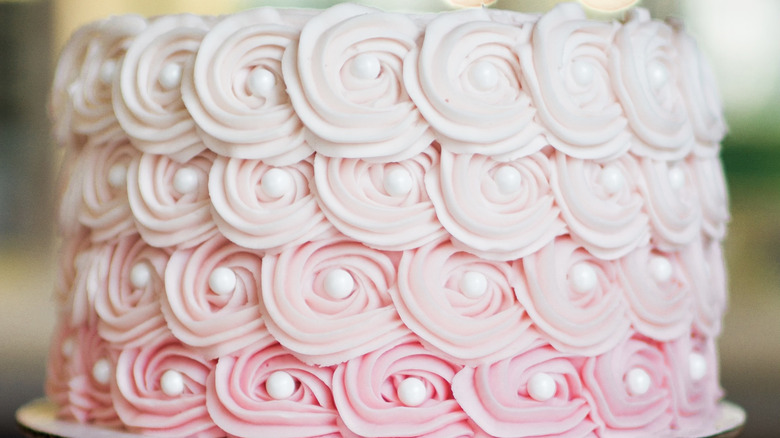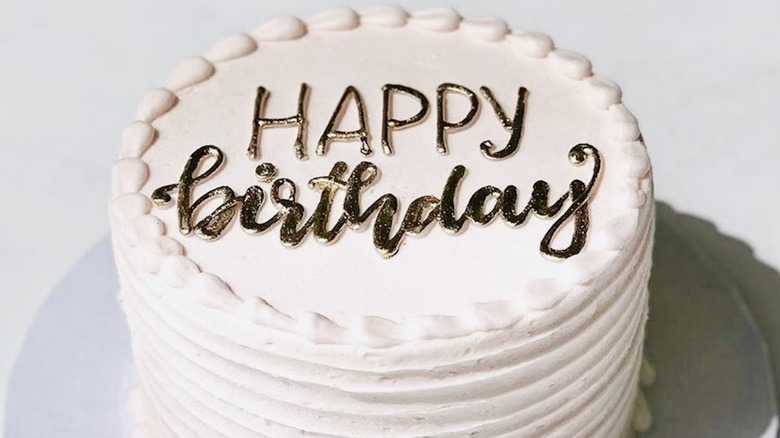Elizabeth Chambers' Go-To Flour For Gluten-Free Baking (And Why She Loves It)
There once was a time when a celiac disease diagnosis meant the end of baked goods, pasta, and crackers for its sufferers, but no more. These days, many manufacturers have perfected gluten-free flours that rival the taste and texture of traditional wheat-based counterparts. There are so many different kinds of flour now that it can be hard to know which one is right for your baking project, so we asked Elizabeth Chambers, CEO and founder of BIRD Bakery, about her go-to gluten-free flour. Since opening her first location in 2012, Chambers has built her San Antonio, Texas-based brand on family recipes that are baked on-site, from scratch, and when it comes to gluten-free flours to make her specialty treats, Bob's Red Mill is her clear winner. She especially loves it because it doesn't require extra tinkering when you use it instead of regular flour. "When baking gluten-free items for friends and BIRD bakery customers, I love Red Mill [gluten-free] flour," she said, "which can be substituted cup for cup."
Always sift gluten-free flour
Bob's Red Mill has multiple gluten-free flours, but the easiest swap for wheat-based flour is its Gluten Free 1 to 1 Baking Flour. The "1 to 1" in the title means that you can use it in the same culinary ratio as any recipe using wheat flour; the same thing as "cup for cup." This is important because, for a long time, adapting wheat flour-based recipes to be gluten-free meant using different volumes and ratios of alternative flours, and experimenting with leaveners, liquids, and extra ingredients like plant starches and xanthan gum. Bob's Red Mill flour already contains a balance of ingredients to make it work just like wheat-based flour, eliminating a lot of work on the baker's part.
It's still a good idea to sift any gluten-free flour before you use it because it can get a little clumpy if it's been sitting in the pantry for a while. Elizabeth Chambers never skips this step. "[I] firmly believe in combining all dry ingredients then sifting before incorporating," she said.
Measure all your dry ingredients into a fine mesh sieve placed over your mixing bowl, then use your hand or a spoon to push everything through. This will break up any clumps in the flour and ensure that your gluten-free pie crust, cakes, and muffins always have the perfect texture.

